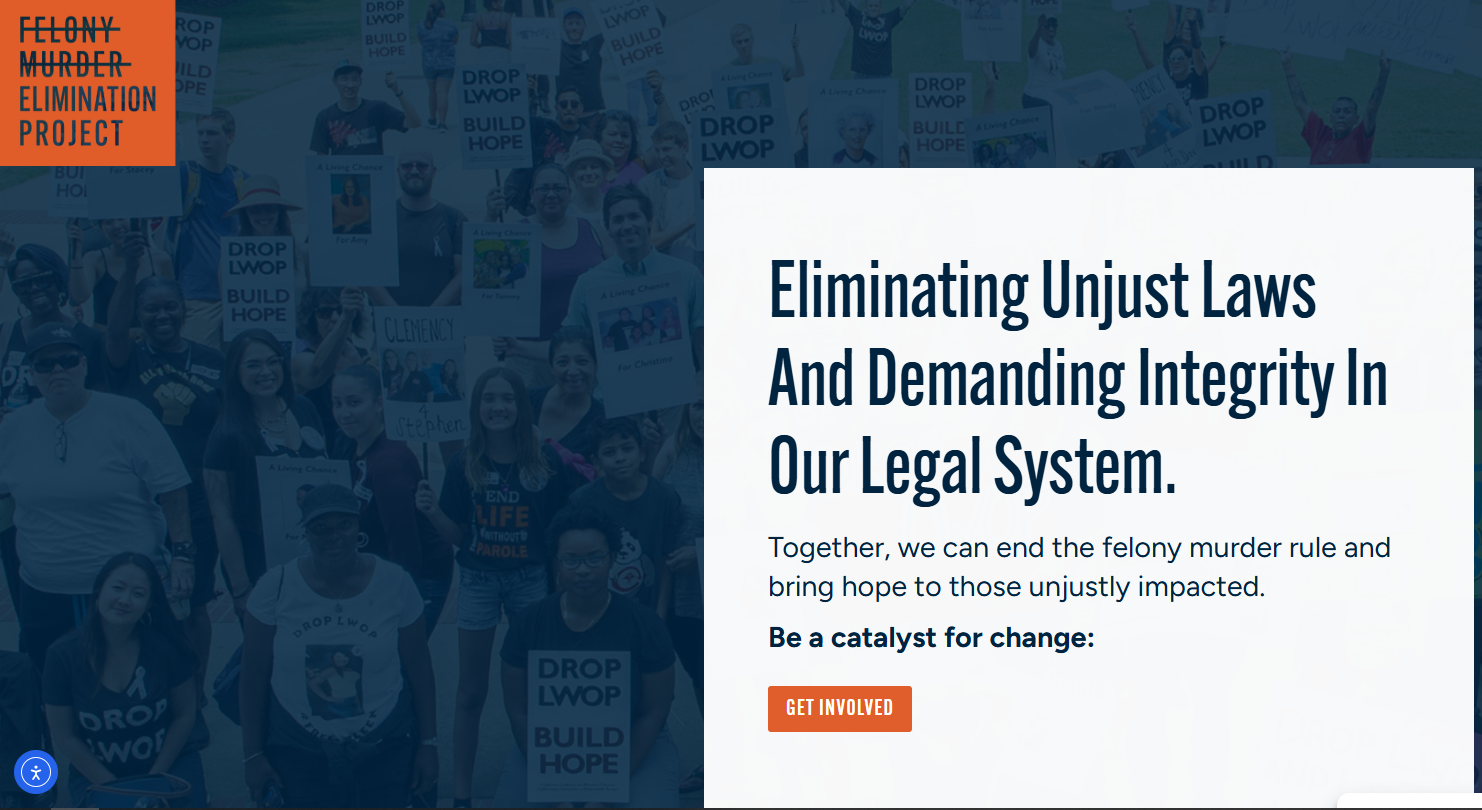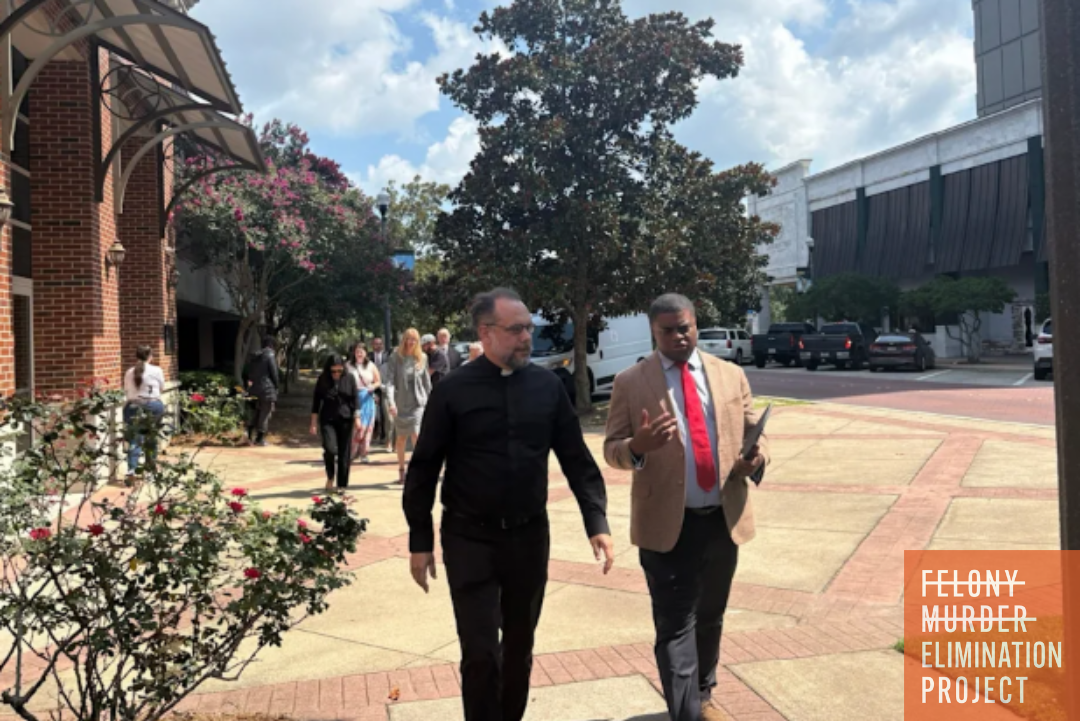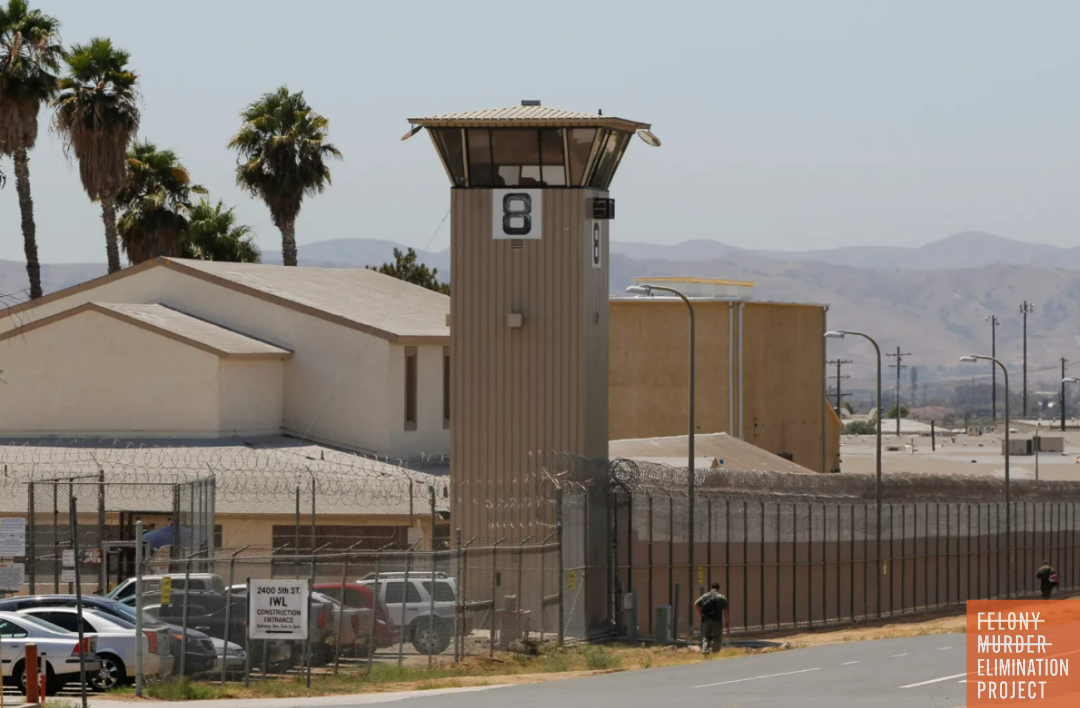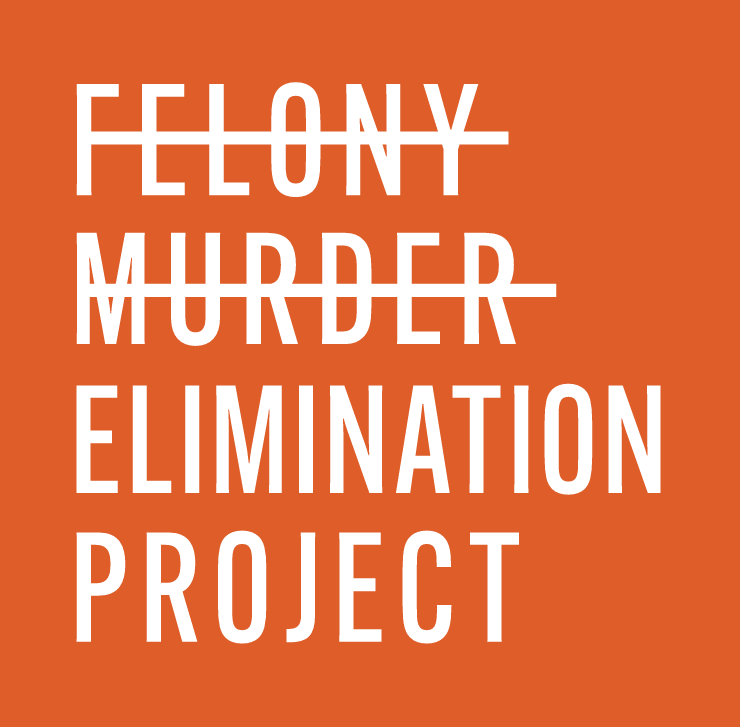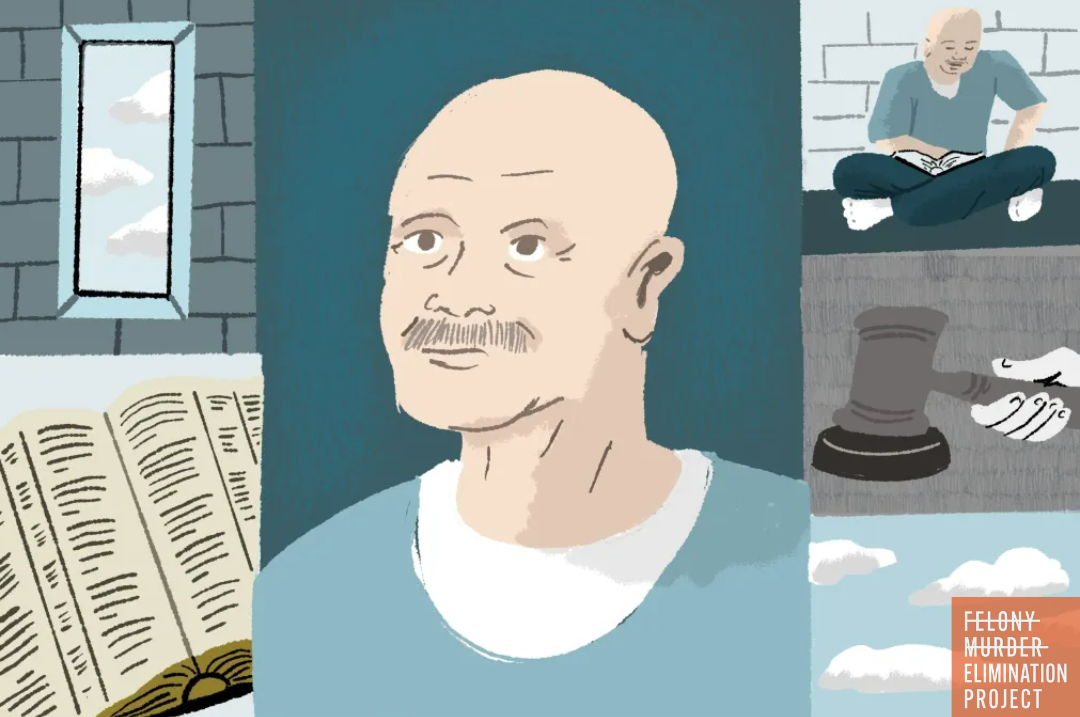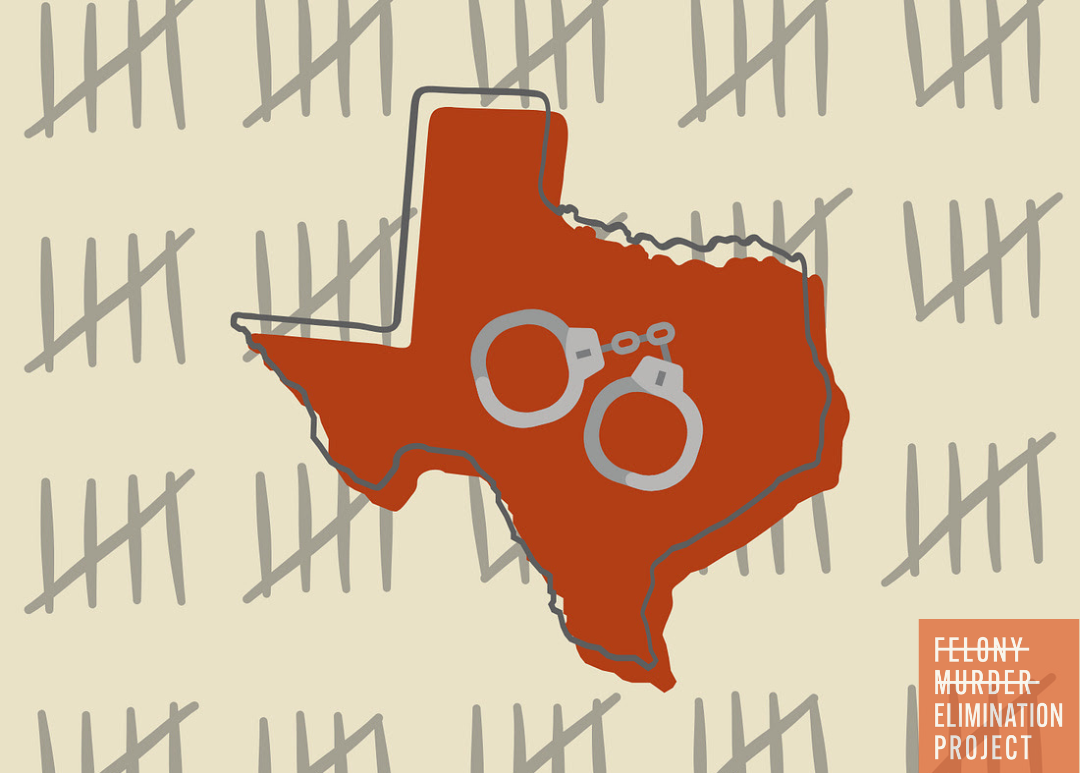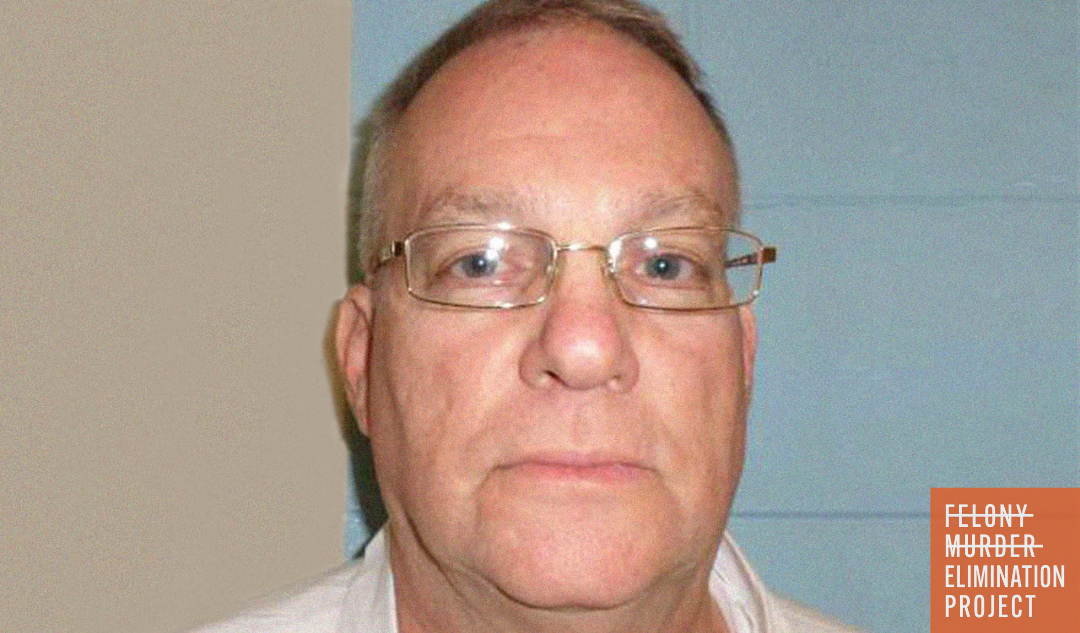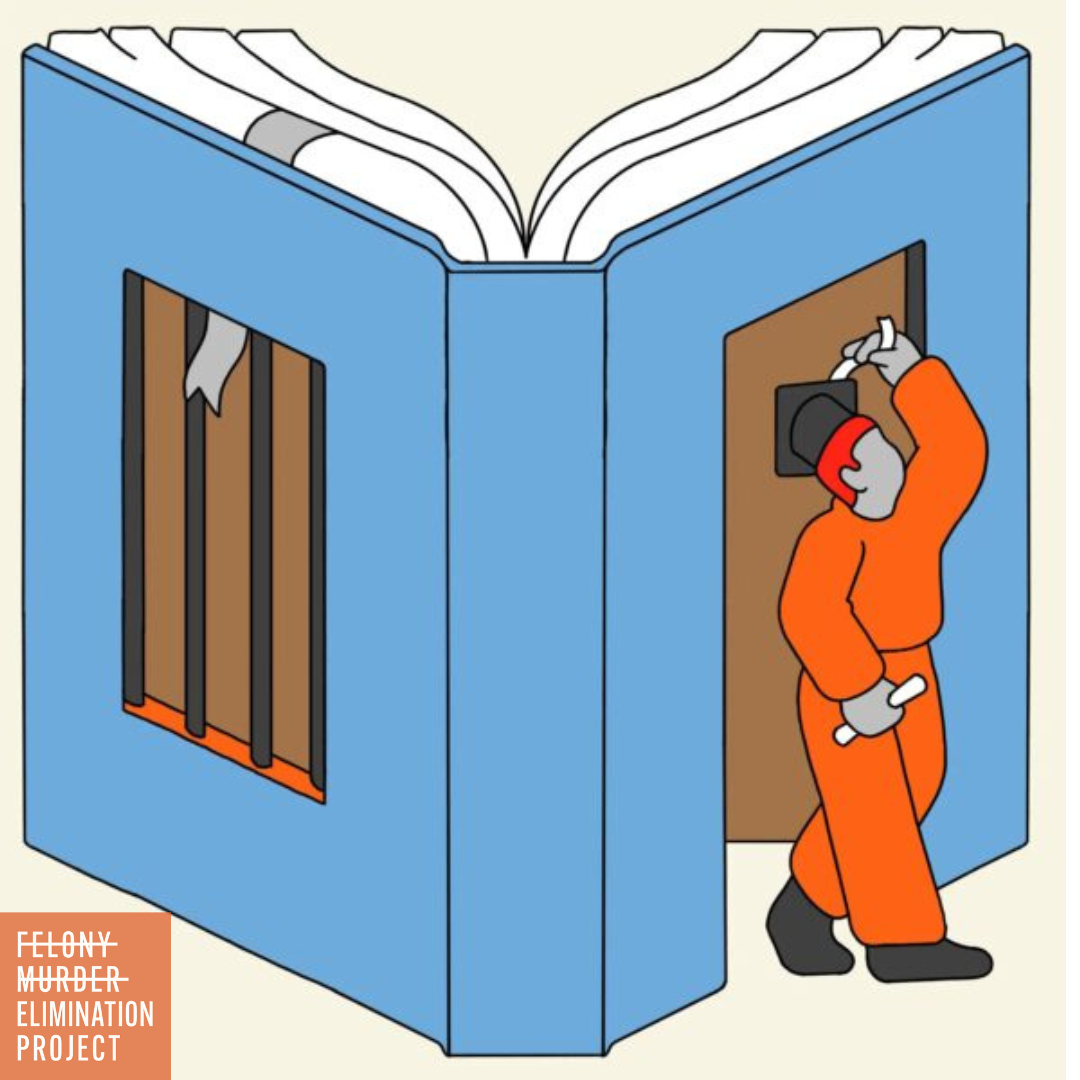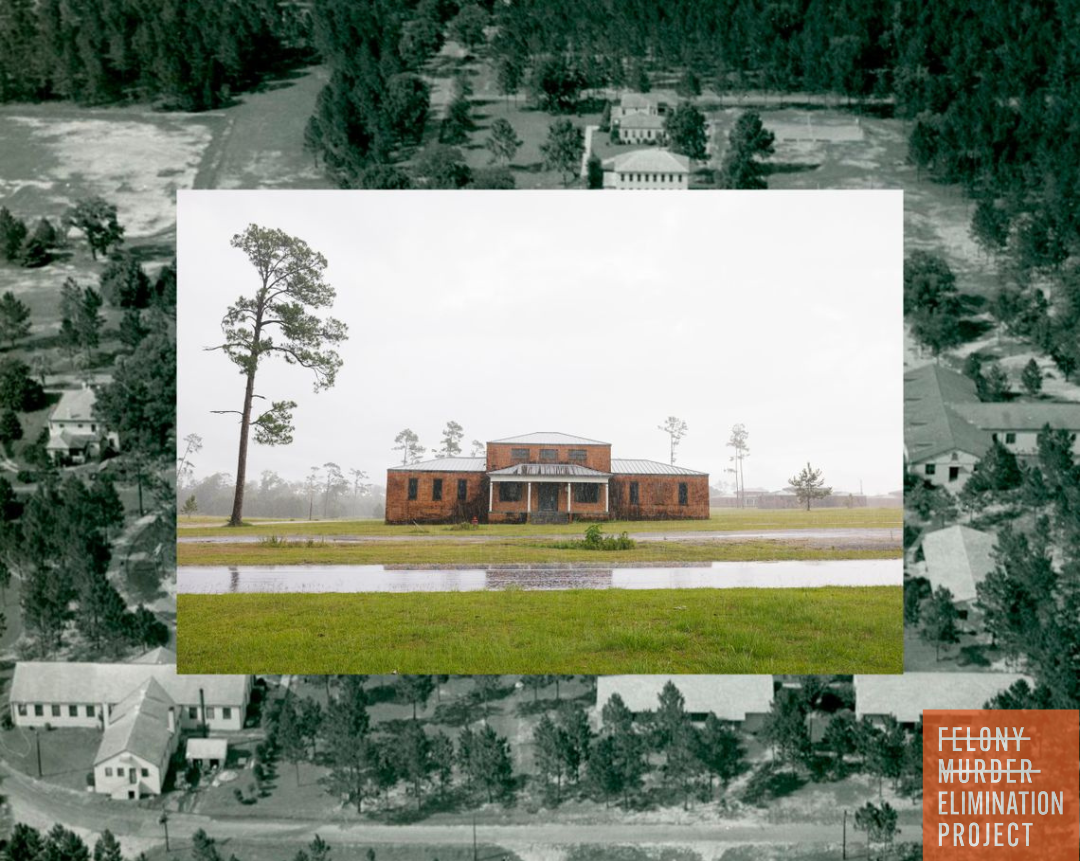Retired Judge LaDoris Cordell Writes Supporting SB 94 - Editorial
Cordell: Allow judges to reconsider life without parole sentences
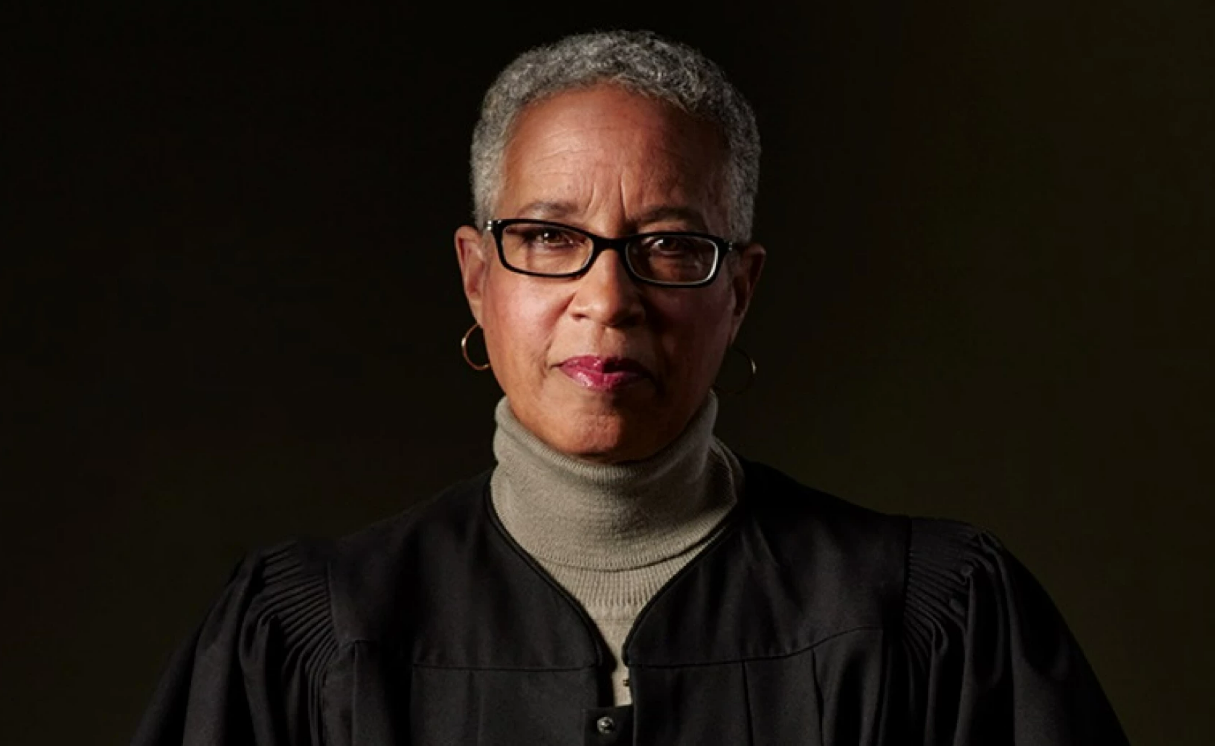
In 1982, Governor Jerry Brown appointed Northern California’s first Black woman judge; LaDoris Cordell. At the time, she says, she was surrounded by white male judges, but this wasn’t foreign to her. She was the only Black woman in her Stanford Law school class, the first lawyer to open a private law practice in East Palo Alto, and the first Black Superior Court judge in Santa Clara County. A distinguished career spent being "the first" and "the only" has her rightly recognized as a trailblazer. She spent her career in California courtrooms, and though she’s retired from the judicial bench, she's got a lot say about how our judicial systems can better serve everyone.
In a recent editorial published in the San Jose Mercury News, Judge Cordell expressed her support of Senate Bill 94, sponsored by State Senator Dave Cortese (D15). SB 94 is a modest reform that allows judges to give a fresh look at sentences that are at least 25 years old. It follows a clear three-step path of rigorous evaluation; judicial discretion, the Board of Parole Hearings, and the Governor's Review. At each step of this process, the focus is on public safety.
SB 94 also looks to restore hope, even for those who may never be paroled. It will provide incarcerated persons with an inceptive to participate in work programs and to work toward rehabilitation and redemption.
Read Judge Cordell's editorial "Allow judges to reconsider life without parole sentences" below. You can also listen to the editorial.
*****
California has long recognized rehabilitation as an important goal of our prison system. And yet, there are incarcerated individuals who are completely rehabilitated but continue to be warehoused in our prisons for decades and counting. Why? Because they were sentenced to life in prison without the possibility of parole. Senate Bill (SB) 94, pending before the state Legislature, would give some of those individuals the opportunity to be released. Authored by Sen. Dave Cortese, this bill embodies the belief of many Californians that our prison system can truly rehabilitate some of those confined behind bars. I am one of those believers.
For nearly 20 years, from 1982-2001, I was a trial court judge in Santa Clara County. As someone who has sentenced thousands of criminal defendants, some of them to life sentences, I strongly support the passage of SB 94 that would allow those sentenced to life without the possibility of parole, before June 5, 1990, and who have served at least 25 years in custody to seek resentencing and possible release.
Those who oppose SB 94 contend that this legislation “will create unjustifiable risks to public safety.” Nothing could be further from the truth. Research indicates that the propensity of the incarcerated to commit serious or violent crimes decreases significantly as they age into their 30s and older. According to the California Department of Corrections and Rehabilitation (CDCR), of the individuals sentenced to life without the possibility of parole whose sentences were subsequently commuted by Govs. Jerry Brown and Gavin Newsom, there is a zero-recidivism rate — not one person has been returned to prison. The continued incarceration of elderly inmates who fit the criteria of SB 94 is nonsensical.
Nor does confinement of the aged who qualify under SB 94 benefit California taxpayers. The average annual cost to incarcerate an inmate in a California prison is approximately $51,000. For elderly inmates, the Legislative Analyst Office suggests that the cost is two to three times greater because of their increased health care issues and the need for special housing accommodations. It defies logic for taxpayers to spend $100,000 to $150,000 per year to house an elderly inmate who poses no threat to the public. SB 94 is a win-win: It will protect the public, and it makes good fiscal sense.
Nor does confinement of the aged who qualify under SB 94 benefit California taxpayers. The average annual cost to incarcerate an inmate in a California prison is approximately $51,000. For elderly inmates, the Legislative Analyst Office suggests that the cost is two to three times greater because of their increased health care issues and the need for special housing accommodations. It defies logic for taxpayers to spend $100,000 to $150,000 per year to house an elderly inmate who poses no threat to the public. SB 94 is a win-win: It will protect the public, and it makes good fiscal sense.
First, SB 94 requires the incarcerated individual to petition a judge who, at a public hearing, scrutinizes the person’s rehabilitation efforts, as well as any mitigating factors such as whether the person was a victim of childhood trauma or sexual violence, was under the age of 26 at the time of the offense, or currently suffers from a mental and/or physical illness. If the judge is convinced of the incarcerated person’s total rehabilitation, the judge has the option of resentencing the person to life in prison with the possibility of parole, after which the person may apply to the Board of Parole Hearings, known for approving barely 16% of applications for release. If, upon a review of the person’s prison record and rehabilitation efforts, the Parole Board recommends release, the final step is a review by the governor who has sole authority to order the rehabilitated person released under supervised parole.
Senate Bill 94 reflects Californians’ shift from a tough-on-crime mentality to one that values rehabilitation and the possibility of redemption. It is also an incentive for long-time incarcerated individuals to pursue rehabilitation by participating in vocational and educational programs.
“I still wake up every day with hope that change one day will happen. Being incarcerated for 37 years, I’m getting older by the day, and tired. But if I can stop one person from going down that path, that’s why I continue to get up. SB 94 is everything to me. It opens the door of hope.” These are the words of a currently incarcerated person serving time for a crime he committed in the early 1990s. SB 94 gives meaning to the adage that we are, each of us, better than the worst thing that we have ever done. The time is ripe to pass this legislation.
LaDoris Cordell is a retired Santa Clara County Superior Court judge and former Independent Police Auditor for San Jose. She was the first African-American female judge to serve on both the Municipal and Superior Court circuits in Northern California.
*****

